Scientists who were melting permafrost ice to look for ancient microbes were surprised to see a pile of 41,000 year-old worms wake up and wiggle around.
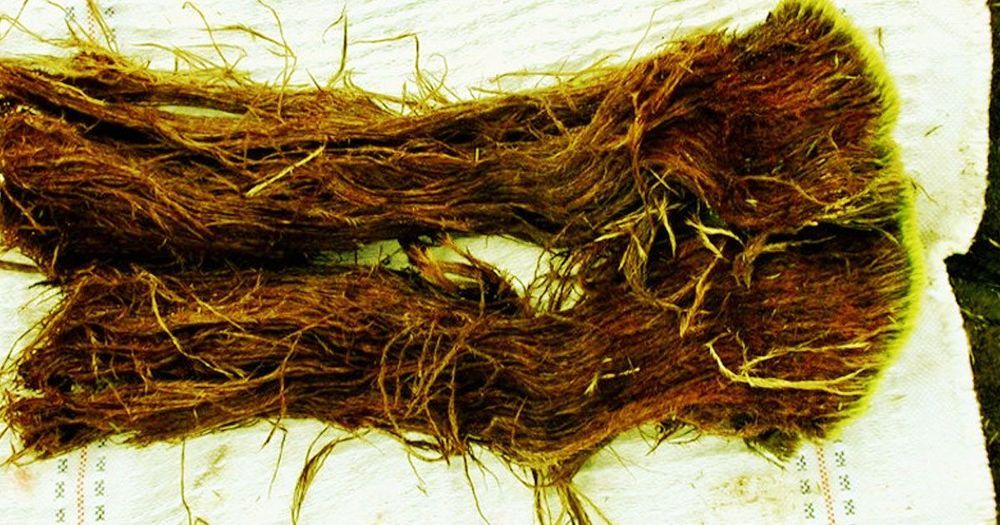

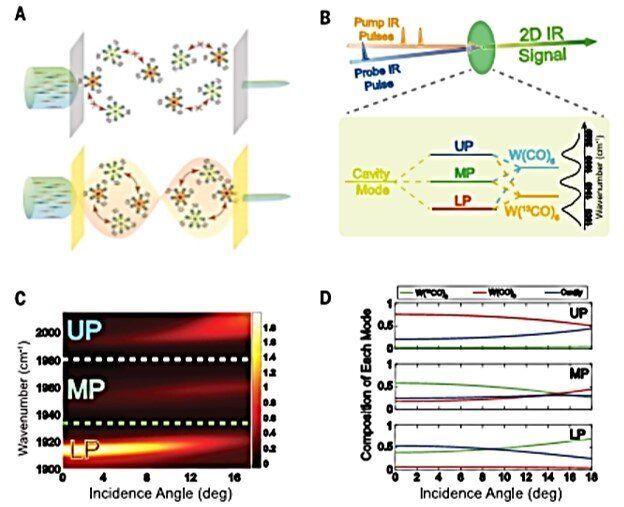
Strong coupling between cavity photon modes and donor/acceptor molecules can form polaritons (hybrid particles made of a photon strongly coupled to an electric dipole) to facilitate selective vibrational energy transfer between molecules in the liquid phase. The process is typically arduous and hampered by weak intermolecular forces. In a new report now published on Science, Bo Xiang, and a team of scientists in materials science, engineering and biochemistry at the University of California, San Diego, U.S., reported a state-of-the-art strategy to engineer strong light-matter coupling. Using pump-probe and two-dimensional (2-D) infrared spectroscopy, Xiang et al. found that strong coupling in the cavity mode enhanced the vibrational energy transfer of two solute molecules. The team increased the energy transfer by increasing the cavity lifetime, suggesting the energy transfer process to be a polaritonic process. This pathway on vibrational energy transfer will open new directions for applications in remote chemistry, vibration polariton condensation and sensing mechanisms.
Vibrational energy transfer (VET) is a universal process ranging from chemical catalysis to biological signal transduction and molecular recognition. Selective intermolecular vibrational energy transfer (VET) from solute-to-solute is relatively rare due to weak intermolecular forces. As a result, intermolecular VET is often unclear in the presence of intramolecular vibrational redistribution (IVR). In this work, Xiang et al. detailed a state-of-the-art method to engineer intermolecular vibrational interactions via strong light-matter coupling. To accomplish this, they inserted a highly concentrated molecular sample into an optical microcavity or placed it onto a plasmonic nanostructure. The confined electromagnetic modes in the setup then reversibly interacted with collective macroscopic molecular vibrational polarization for hybridized light-matter states known as vibrational polaritons.

Every once in a while I have a contentious discussion with someone about traveling to Mars, and the risks involved. One of the hardest risks to describe is the threat from galactic cosmic rays. Here is a short article about a new facility investigating the effects of galactic cosmic rays.
The very important point here is that we are not discussing electromagnetic radiation. These ions have been shown to sometimes penetrate spacecraft and inflict damage on astronauts brains. Earthlings do not have to worry about these as much because we have a magnetosphere that shields us from ions.
To better understand and mitigate the health risks faced by astronauts from exposure to space radiation, we ideally need to be able to test the effects of Galactic Cosmic Rays (GCRs) here on Earth under laboratory conditions. An article publishing on May 19, 2020 in the open access journal PLOS Biology from Lisa Simonsen and colleagues at the NASA Langley Research Center, USA, describes how NASA has developed a ground-based GCR Simulator at the NASA Space Radiation Laboratory (NSRL), located at Brookhaven National Laboratory.
Galactic cosmic rays comprise a mixture of highly energetic protons, helium ions, and higher charge and energy ions ranging from lithium to iron, and they are extremely difficult to shield against. These ions interact with spacecraft materials and human tissues to create a complex mixed field of primary and secondary particles.
The biological effects from these heavy ions and mixtures of ions are poorly understood. Using recently developed fast beam switching and controls systems technology, NSRL demonstrated the ability to rapidly and repeatedly switch between multiple ion-energy beam combinations within a short period of time, while accurately controlling the extremely small daily doses delivered by the heavier ions.

Modeling and rendering of dynamic scenes is challenging, as natural scenes often contain complex phenomena such as thin structures, evolving topology, translucency, scattering, occlusion, and biological motion. Mesh-based reconstruction and tracking often fail in these cases, and other approaches (e.g., light field video) typically rely on constrained viewing conditions, which limit interactivity. We circumvent these difficulties by presenting a learning-based approach to representing dynamic objects inspired by the integral projection model used in tomographic imaging. The approach is supervised directly from 2D images in a multi-view capture setting and does not require explicit reconstruction or tracking of the object. Our method has two primary components: an encoder-decoder network that transforms input images into a 3D volume representation, and a differentiable ray-marching operation that enables end-to-end training. By virtue of its 3D representation, our construction extrapolates better to novel viewpoints compared to screen-space rendering techniques. The encoder-decoder architecture learns a latent representation of a dynamic scene that enables us to produce novel content sequences not seen during training. To overcome memory limitations of voxel-based representations, we learn a dynamic irregular grid structure implemented with a warp field during ray-marching. This structure greatly improves the apparent resolution and reduces grid-like artifacts and jagged motion. Finally, we demonstrate how to incorporate surface-based representations into our volumetric-learning framework for applications where the highest resolution is required, using facial performance capture as a case in point.
Video Player
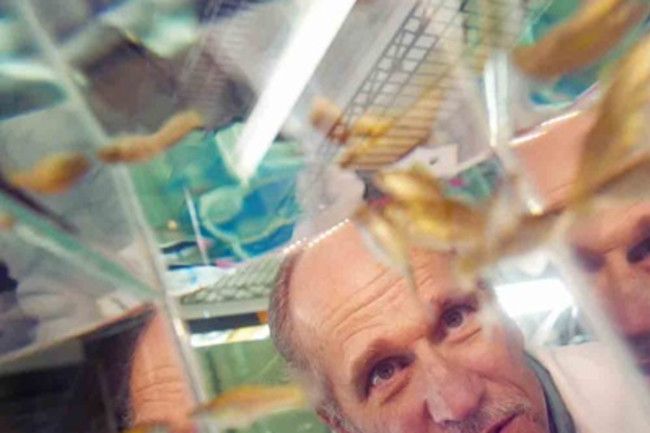
Hey all! I’ve recently made a video on how humans can one day become AI and how this can be good for individuals and humanity on its own! If you are interested, please give it a watch!
AI is oftentimes the ultimate bane of science-fiction. Artificial intelligence oftentimes becomes smarter than humanity and turns on us in sci-fi movies and films. However, what if people could become AI one day and use this to their advantage? And if so, would people choose to become AI? Here’s why I believe this may be possible and why people may actually voluntarily choose to become AI themselves- thus blurring the lines between computer science and biology.
Please follow our instagram at: https://www.instagram.com/the_futurist_tom/
For business inquires, please contact [email protected]
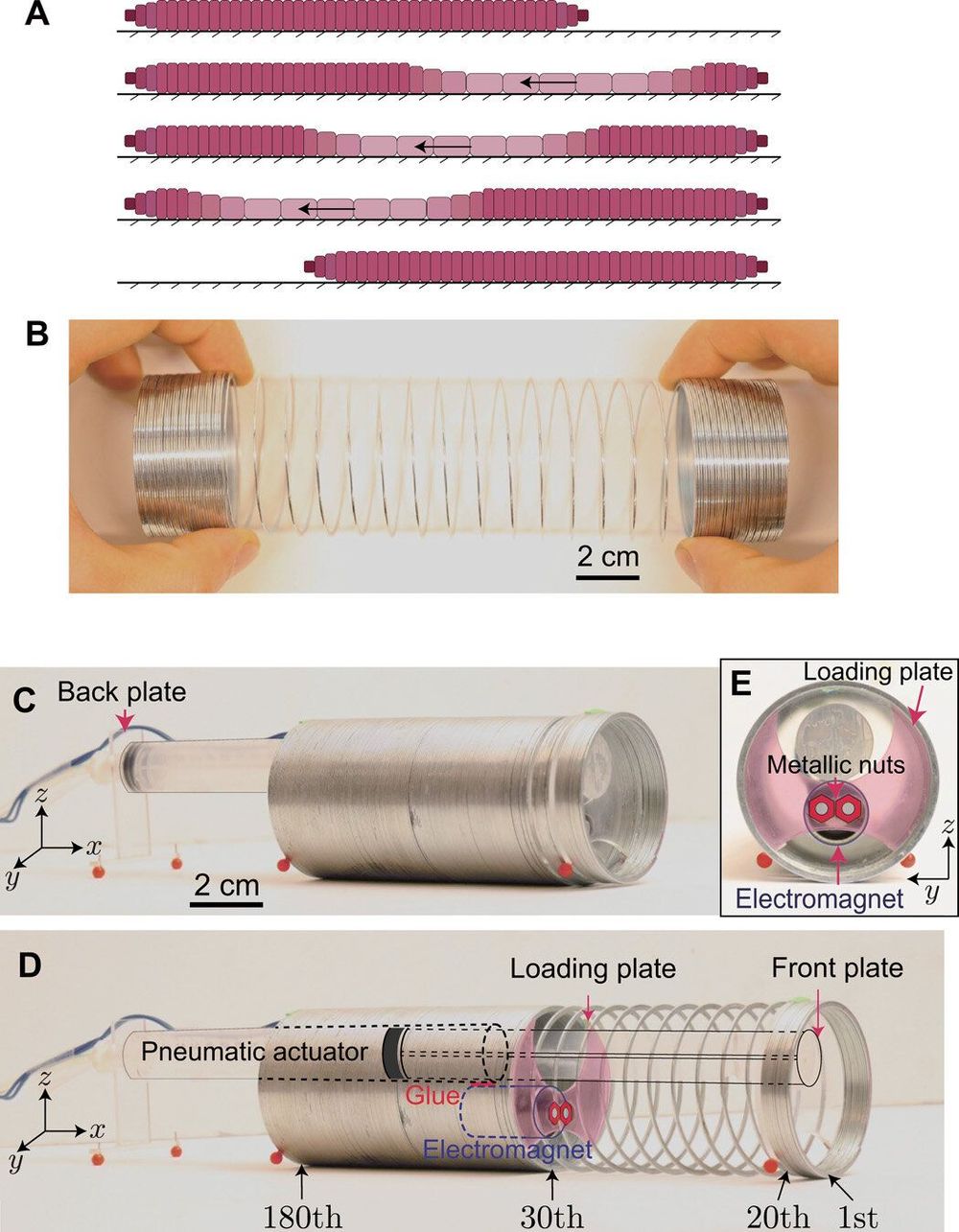
Scientists have recently explored the unique properties of nonlinear waves to facilitate a wide range of applications including impact mitigation, asymmetric transmission, switching and focusing. In a new study now published on Science Advances, Bolei Deng and a team of research scientists at Harvard, CNRS and the Wyss Institute for Biologically Inspired Engineering in the U.S. and France harnessed the propagation of nonlinear waves to make flexible structures crawl. They combined bioinspired experimental and theoretical methods to show how such pulse-driven locomotion could reach a maximum efficiency when the initiated pulses were solitons (solitary wave). The simple machine developed in the work could move across a wide range of surfaces and steer onward. The study expanded the variety of possible applications with nonlinear waves to offer a new platform for flexible machines.
Flexible structures that are capable of large deformation are attracting interest in bioengineering due to their intriguing static response and their ability to support elastic waves of large amplitude. By carefully controlling their geometry, the elastic energy landscape of highly deformable systems can be engineered to propagate a variety of nonlinear waves including vector solitons, transition waves and rarefaction pulses. The dynamic behavior of such structures demonstrate a very rich physics, while offering new opportunities to manipulate the propagation of mechanical signals. Such mechanisms can allow unidirectional propagation, wave guiding, mechanical logic and mitigation, among other applications.
In this work, Deng et al. were inspired by the biological retrograde peristaltic wave motion in earthworms and the ability of linear elastic waves to generate motion in ultrasonic motors. The team showed the propagation of nonlinear elastic waves in flexible structures to provide opportunities for locomotion. As proof of concept, they focused on a Slinky – and used it to create a pulse-driven robot capable of propelling itself. They built the simple machine by connecting the Slinky to a pneumatic actuator. The team used an electromagnet and a plate embedded between the loops to initiate nonlinear pulses to propagate along the device from the front to the back, allowing the pulse directionality to dictate the simple robot to move forward. The results indicated the efficiency of such pulse-driven locomotion to be optimal with solitons – large amplitude nonlinear pulses with a constant velocity and stable shape along propagation.
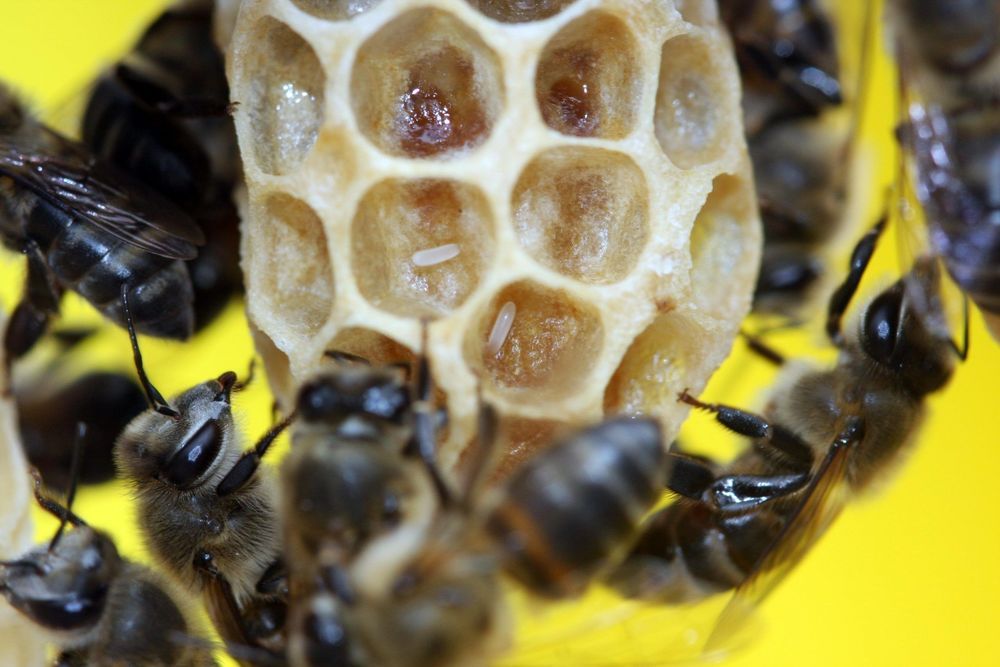
In a study published on May 7, 2020, in Current Biology, researchers from University of Sydney have identified the single gene that determines how Cape honey bees reproduce without ever having sex. One gene, GB45239 on chromosome 11, is responsible for virgin births.
“It is extremely exciting,” said Professor Benjamin Oldroyd in the School of Life and Environmental Sciences. “Scientists have been looking for this gene for the last 30 years. Now that we know it’s on chromosome 11, we have solved a mystery.”
Behavioral geneticist Professor Oldroyd said: “Sex is a weird way to reproduce and yet it is the most common form of reproduction for animals and plants on the planet. It’s a major biological mystery why there is so much sex going on and it doesn’t make evolutionary sense. Asexuality is a much more efficient way to reproduce, and every now and then we see a species revert to it.”

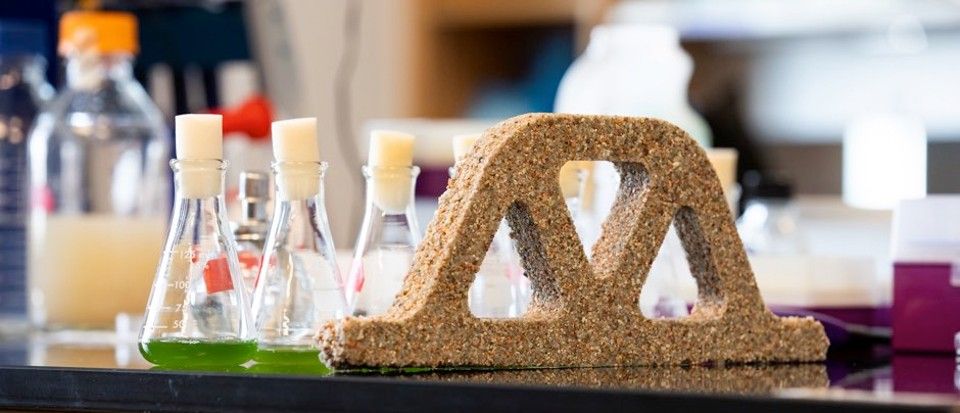
Researchers said this building material has structural load-bearing function, is capable of self-healing and is more environmentally friendly than concrete – which is the second most-consumed material on Earth after water.
The team from the University of Colorado Boulder believe their work paves the way for future building structures that could “heal their own cracks, suck up dangerous toxins from the air or even glow on command”.
Wil Srubar, who heads the Living Materials Laboratory at the University of Colorado Boulder and is one of the study authors, said: “We already use biological materials in our buildings, like wood, but those materials are no longer alive.